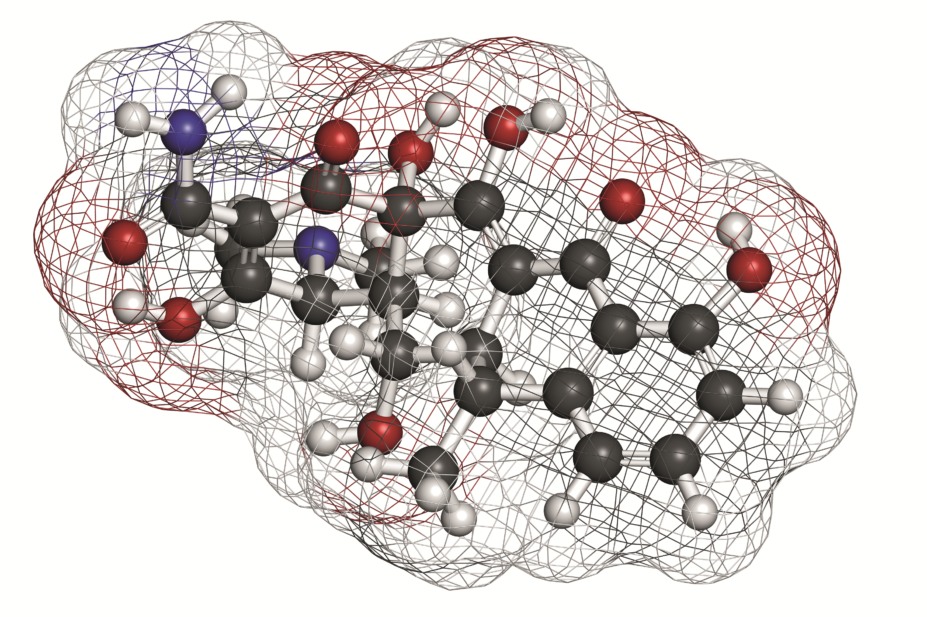
Shutterstock.com
Repurposing drugs that have already been tested for safety against novel targets has become an attractive strategy for researchers trying to find cures for progressive neurodegenerative disorders such as Parkinson’s disease (PD).
Doxycycline is a tetracycline antibiotic used to treat many types of bacterial infection and has been shown to prevent neurodegeneration in PD models. However, a study published in Scientific Reports
[1]
(3 February 2017) found that doxycycline was also able to reduce the toxicity of α-synuclein, which aggregates to form amyloid fibrils — the molecular trigger of inflammation in PD.
The researchers found that a low dose of doxycycline reduced aggregation of α-synuclein by more than 80% and caused it to reform as an oligomer which does not form fibrils and is non-toxic for human neuroblastoma cells in culture.
The study concludes that the results reveal the potential protective side effects for low-dose doxycycline in the formation of α–synuclein that could be exploited against PD.
References
[1] González-Lizárraga F, SocÃas S, Ãvila C et al. Repurposing doxycycline for synucleinopathies: remodelling of α-synuclein oligomers towards non-toxic parallel beta-sheet structured species. Sci Rep 2017;7:41755. doi: 10.1038/srep41755

